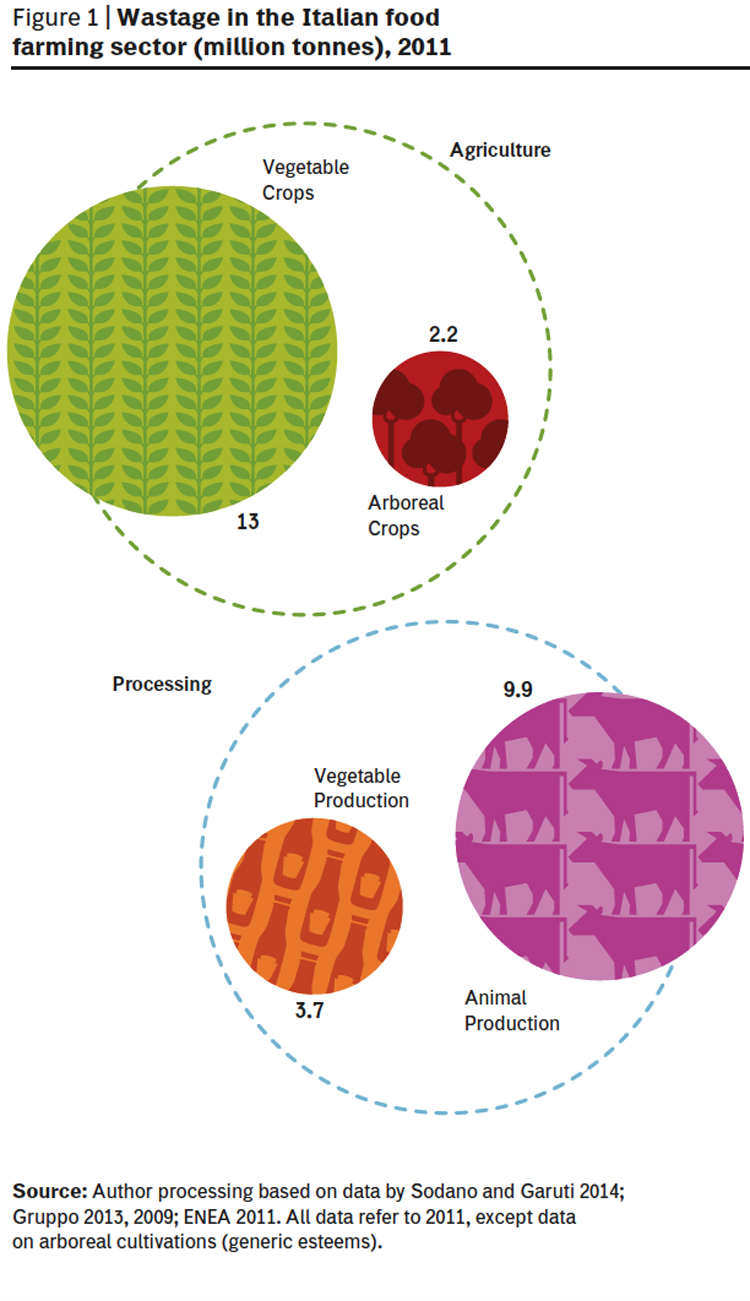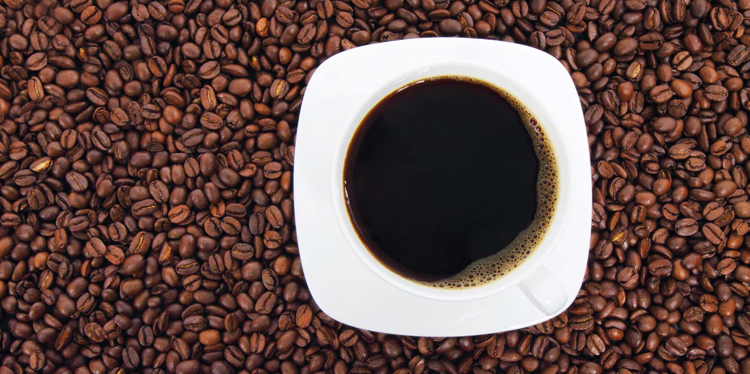According to Ellen MacArthur Foundation, an economic system can be defined as circular when it is able to self-replenish stocks of human, technological, social and natural capital. This regenerative ability is based on the fundamental distinction between organic matter flows that can be reintegrated into the biosphere and flows of technical matter that must indeed be planned, starting from resource extraction, to optimizing its reuse, fixing, restoration and recycling.
The shift from the linear to the circular model should grant important economic cascading in several sectors, like the design of products and services, savings in waste management, the new entrepreneurship originating from their cascading reuse. In Europe alone savings for € 600 billion are expected from waste management, while the introduction of measures to increase resources productivity could lead to an increment of 1% of GDP and the creation of 2 million new jobs within 2030.
In the transition to circular economy, food farming systems, given the organic nature of agricultural products and their being the interface between biosphere and technosphere, could play a key role. In history, industrialization and globalization have led to a growing use of fossil resources, making food production less and less sustainable. There are countless examples: chemical fertilizing and consequent emissions, water consume and lowering of aquifers level, the loss of soil and biodiversity etc.
In an economic system based on a linear growth and increasing ecosystem exploitation model, the food farming system has lost his ability to mimic ecosystems becoming a huge extractive technological model and, most of all, very poorly efficient.
Production, management and, most of all, food waste and squandering have long been a serious environmental issue with severe economic and social consequences. Circular economy represents an opportunity to invest in prevention and reuse obtaining more products and services, besides food, from the same amount of extracted resources.
Agricultural Production and Processing: Opportunities to Reuse and Valorize the Wastage
Yet the first two segments of food farming sector, agriculture and processing, have a high percentage of wastage and squandering.
In the agricultural phase, according to recent esteems by CRPA (Centro richerche produzioni animali) relating to year 2011 (Sodano and Garuti, 2014), availability in Italy of vegetables leftovers amounts to 13 million tonnes of dry matter, and at least 6 of them are available for valorization. The annual availability of leftovers from arboreal farming is assessed as 900,000 tons from fruit leftovers, 600,000 tons from shoots (vine branches) and 700,000 tons from olive farming (Bonari and others, 2009; ENEA, 2011) (see figure 1). Collecting and managing these leftovers represent a significant cost in farms balance sheets, often with a negative costs/benefits ratio. So, despite a significant share of leftovers is already used in bioenergy and feed, they are in best cases buried to provide organic matter to soil, or left on the ground and burned. On the contrary, in a circular economic system extraction of matter and energy from these materials could also generate economic benefits for farmers through the creation of surplus value in secondary production chains.
Beyond these leftovers, an equally relevant amount of primary production is wasted for economic reasons or to conform to aesthetic-commercial standards (criteria relating to product shape, size, and colour). A squandering of 3% of total production, although decreasing: from 1.7 million tonnes in 2009 to about 1.5 million tons in 2011. The problems and the amount of product on the field present significant differences between different crops, with higher percentages for greenhouse vegetables farming (12.53%), legumes and potatoes (5.21%) and olives (4.85%) (Segrè, Falasconi 2011). However, the size of this squandering becomes more evident considering all the resources used in production processes too. Analysing only the energetic aspect, it is possible to esteem the loss of energy from squandering in agricultural phase in about 98 Ktep (0,098 Mtep), this equals the annual thermal energy consumption of 400,000 high energy efficiency households each of a 100 square metres (Segrè, Vittuari 2012). In this case too, a circularly reshaped economy would lead to limit – structurally – the losses of organic (food) and technological (resources) flows related to food squandering. Prevention and recovery with nutritional purposes represent indeed the best method for preserving the value of produced food.

There is Continuous Squandering also in Food Farming Industry
Leftovers and squandering are also generated by food industry. At a national level leftovers amount to about 3.7 million tonnes coming from vegetables processing and 9.9 million tonnes from animal based production (Sodano, Garuti, 2014). If, on the one hand, industrial processes allow a longer conservation (through freezing or canning), on the other hand they produce unavoidable waste and by-products, usually proportional to the number of processes and services embedded in end product (for instance fried and frozen potatoes) (Segrè, Vittuari 2012).
In this segment too there are big differences between different categories of processed product. According to a survey made by CRPA in Emilia Romagna (Rossi, Piccinini 2007), the percentages of raw material leftovers range from 2% (fruit and vegetables for fresh use) and 10% (frozen vegetables) only in the preparation phase, and from 2.5-3.7% (tomatoes) to 65-68% (sweetcorn) in the processing phase. In animal based productions, the bovine sector has the highest squandering rate, up to 33-35% of live weight.
Many companies have already implemented systems and technologies for leftovers recovery. Tomato skins, leftovers from confectionery industry, bread industry and potato processing, can all be used, both in animal feed sector and in biogas production. Nevertheless, in a cascading system, there are alternative uses enabling a further increase in efficiency and a bigger surplus value by obtaining basic molecules for pharmaceutical, food and chemical industry. For instance, from potato skins and starch leftovers we can produce bioplastic and obtain biogas by processing them. Similarly, from coffee toasting leftovers we can obtain a silvery film (silver skin) that – if opportunely processed – can be a source of precious nutrients, cellulose and energy.

Beyond by-products, processing is anyway characterized by a relevant amount of food squandering. These losses are about 1.8 million tonnes, most of which are in beverage, dairy, and fruit and vegetables processing industries (Segrè, Falasconi 2011). Totally this squandering amounts to 2.6% of final product and entails an esteemed loss of energy of 80 Ktep (0,08 Mtep), corresponding to annual thermal energy consumption of 330,000 high energy efficiency households, each of a 100 square metres (Segrè, Vittuari 2012). Therefore as in agriculture prevention of food losses during processing would be an effective strategy also in limiting inefficiencies in terms of technologic resources consumption.
Define to Intervene
Food squandering
FAO definition (FAO 2013): FAO identifies food squandering as every edible matter that, instead of being consumed by humans, is disposed of, lost, degraded or consumed by parasites in every phase of food farming chain. In 2011, in a survey commissioned to Swedish Institute for Food and Biotechnology (SIK) (FAO, 2011) a distinction is proposed between food losses and squandering. Food losses happen in first phases of food farming chain (cultivation, harvesting, processing), while food squandering happens in last phases (delivery, retail and consumption).
Definition by Project FP7 Fusions (Östergren K. and others, 2014): it can be considered “food waste” every food, inedible parts of food, removed from the food farming chain to be recovered or disposed of (including parts used in composting, buried or unharvested products, used for anaerobic digestion, bioenergy production, cogeneration, incineration, disposal in drainage, landfills and sea).
By-Product
Italian legislation, together with the definition of waste, also identifies conditions for not defining a matter or an object as waste, introducing the concept of by-product, described in this way in art. 183 bis of Legislative Decree 152/2006:
“It is a by-product and not waste in accordance with the art. 183, par. 1, let. a), the matter or object fulfilling these conditions:
a) the matter or the object originates from a production process, being an integral part of it, and whose primary purpose is not the production of such matter or object;
b) it is certain that the matter or object will be used, during the same or a next production or usage process, by the producer or by third parties;
c) the matter or object can be directly used without any further processing outside normal industrial process;
d) further usage is legal, meaning that the matter or object fulfils, for specific usage, all related requirements about products and protection of health and environment and will not lead to overall negative impacts on environment or human health”.
Waste
Italian legislation, at art. 183 of Legislative Decree 152/2006 and next modifications: it is defined as waste, according to indications in community legislation 98/2008/CE, any matter or object whose owner does, decides or is obliged to dispose.
How to Shift to More Circular and Productive Systems
Thus overriding linear development limits in favour of a circular system without natural resources squandering represents a big opportunity to rethink the growth-development dichotomy. Shifting to a circular economy means rethinking whole productive systems, reassessing how, how much and from what we must produce. The shift to more circular and thus more efficient, production systems should, indeed, enable to produce better and less, because with the same amount of used resource it’s possible to obtain more products and services.
Prevention, recovery and reuse of food leftovers, for instance in bio refineries integrated in the area and with the aim to produce energy, bioplastic and chemicals or nutrients from renewable sources, are fundamental landmarks towards productive processes looking at the opportunity of a “second life” before thinking about life-end and disposal of used materials (resources).
Bibliography
- Bonari E., R. Jodice. S. Masini (a cura di), L’Impresa agroenergetica – Ruolo e prospettive nello scenario “2 volte 20 per il 2020”, Quaderni, Edizioni Tellus 2009.
- Campiotti C., C. Viola, M. Scoccianti, G. Giagancovo, G. Lucerti (Enea, Unità tecnica efficienza energetica, servizio agricoltura, Centro ricerche Casaccia, Roma); Alonzo G. (Ministero delle politiche agricole alimentari e forestali), Le filiere del sistema agricolo per energia ed efficienza energetica, 2011.
- FAO, Global food losses and food waste – Extent, causes and prevention, Rome, 2011.
- Östergren K., J. Gustavsson, H. Bos-Brouwers, T. Timmermans, O. Hansen, H. Møller, G. Anderson, C. O’Connor, H. Soethoudt, T. Quested, S. Easteal, A. Politano, C. Bellettato, M. Canali, L. Falasconi, S. Gaiani, M. Vittuari, F. Schneider, G. Moates, K. Waldron, B. Redlingshöfer, FUSIONS – Definitional Framework for Food Waste, 2014
- Rossi L., S. Piccinini, “Sottoprodotti agroindustriali, un potenziale da sfruttare”, L’Informatore Agrario, 34/2007, pp. 67-70, 2007.
- Segrè A., L. Falasconi, Libro nero dello spreco in Italia: il cibo, Edizioni Ambiente, Milano 2011.
- Segrè A., M. Vittuari, Libro verde dello spreco in Italia: l’energia, Edizioni Ambiente, Milano 2012.
- Sodano M., M. Garuti M., “Il valore dei sottoprodotti agricoli e agroindustriali”, Agricoltura – Mensile della regione Emilia Romagna, 12, dicembre 2014.
- Ellen MacArthur Foundation: ellenmacarthurfoundation.org
- EU Circular economy: ec.europa.eu/environment/circular-economy/index_en.htm


